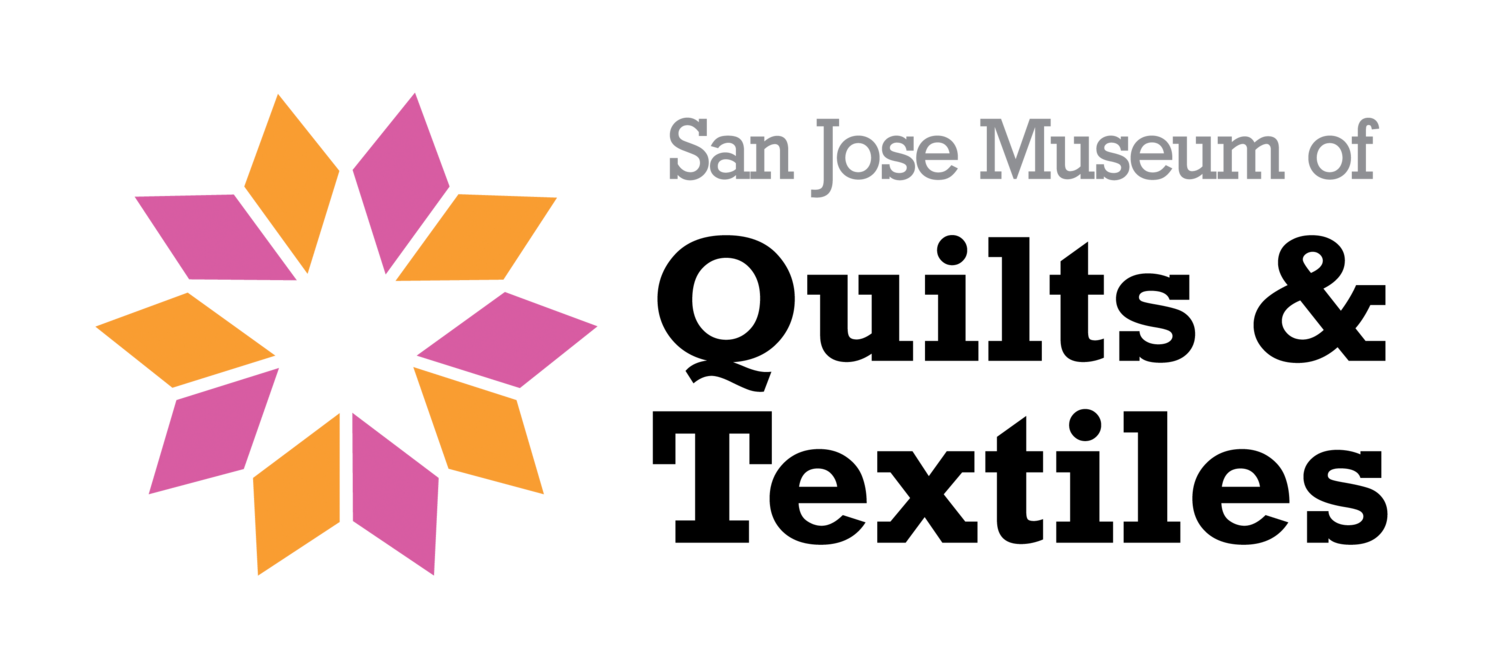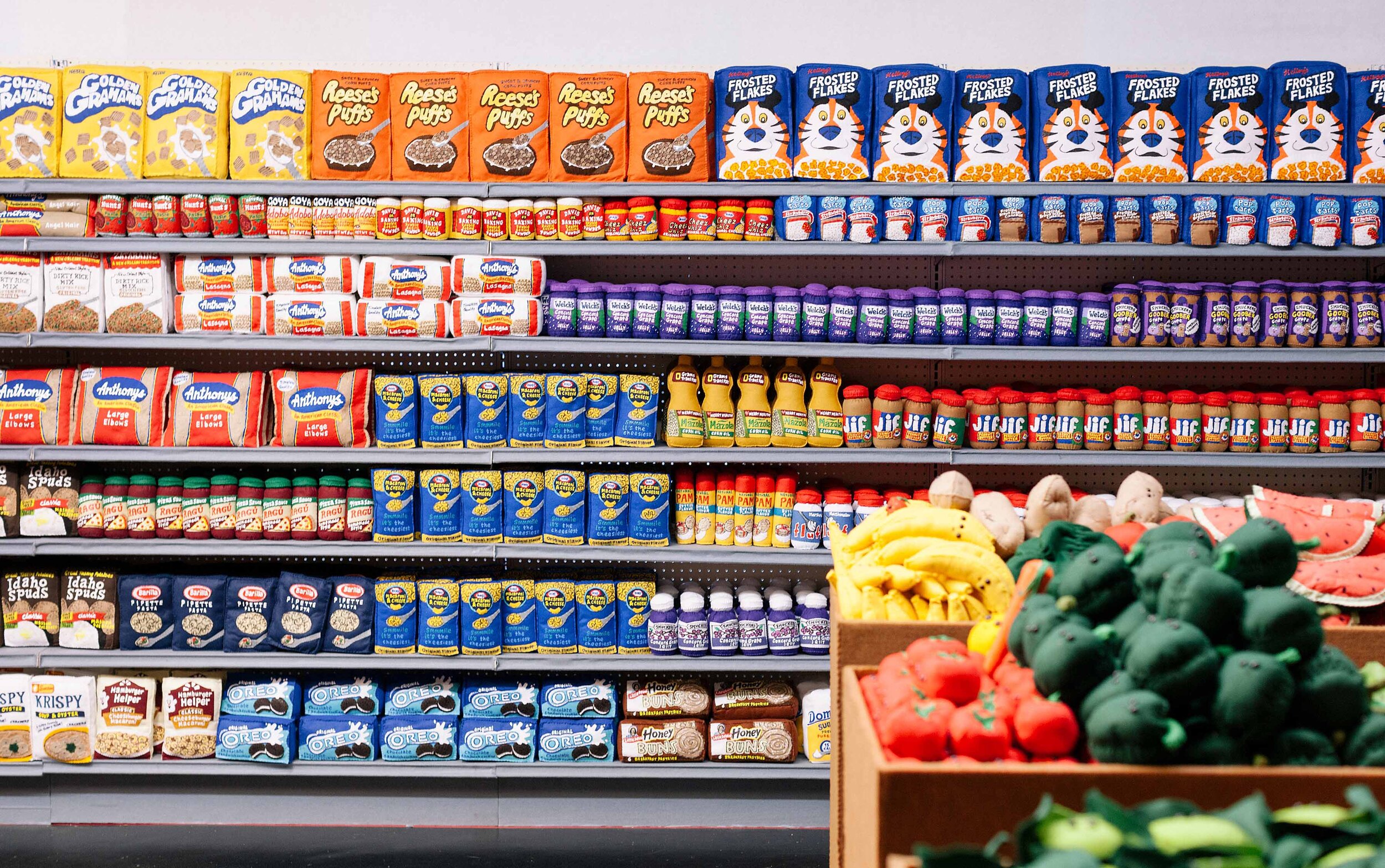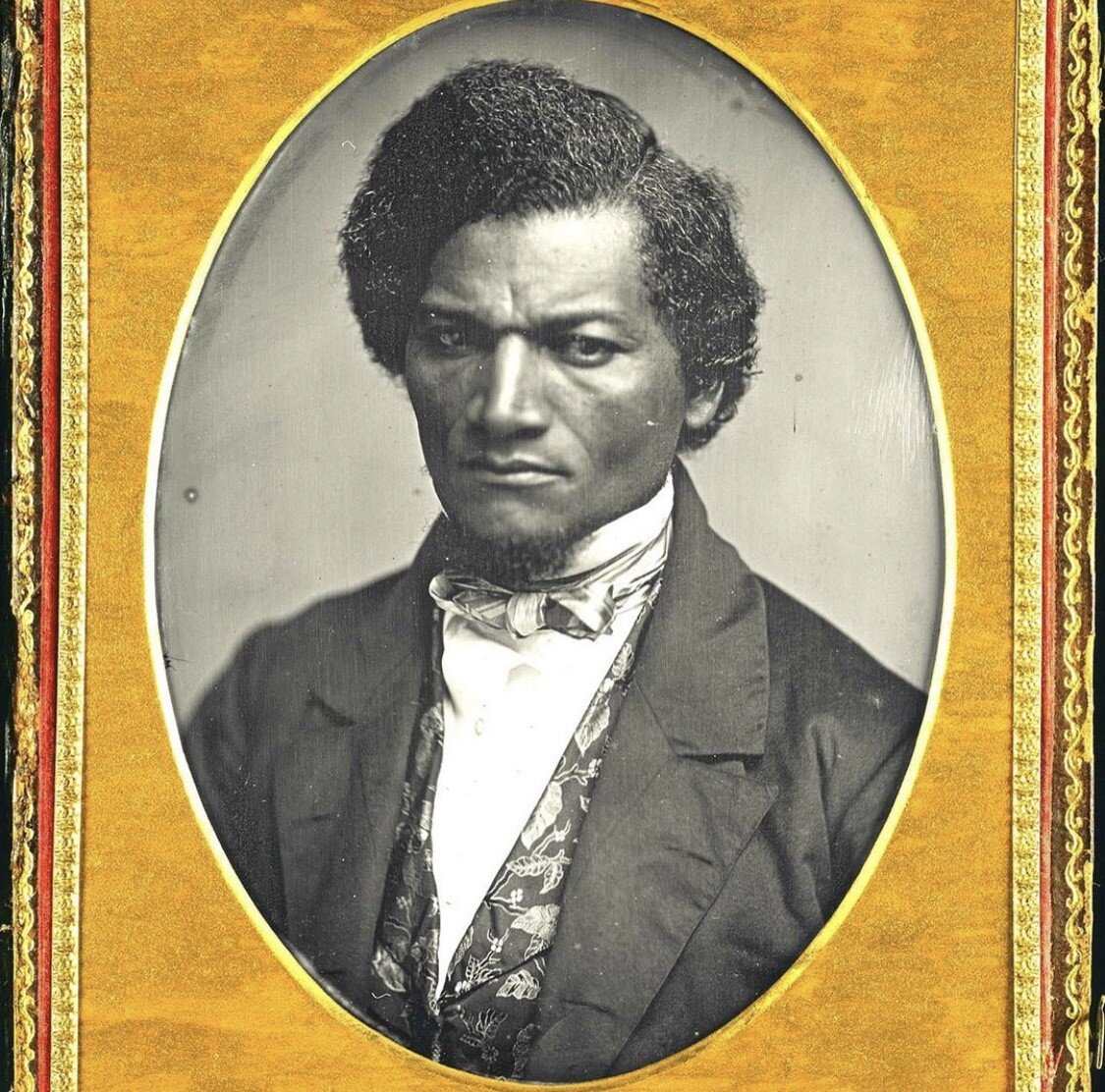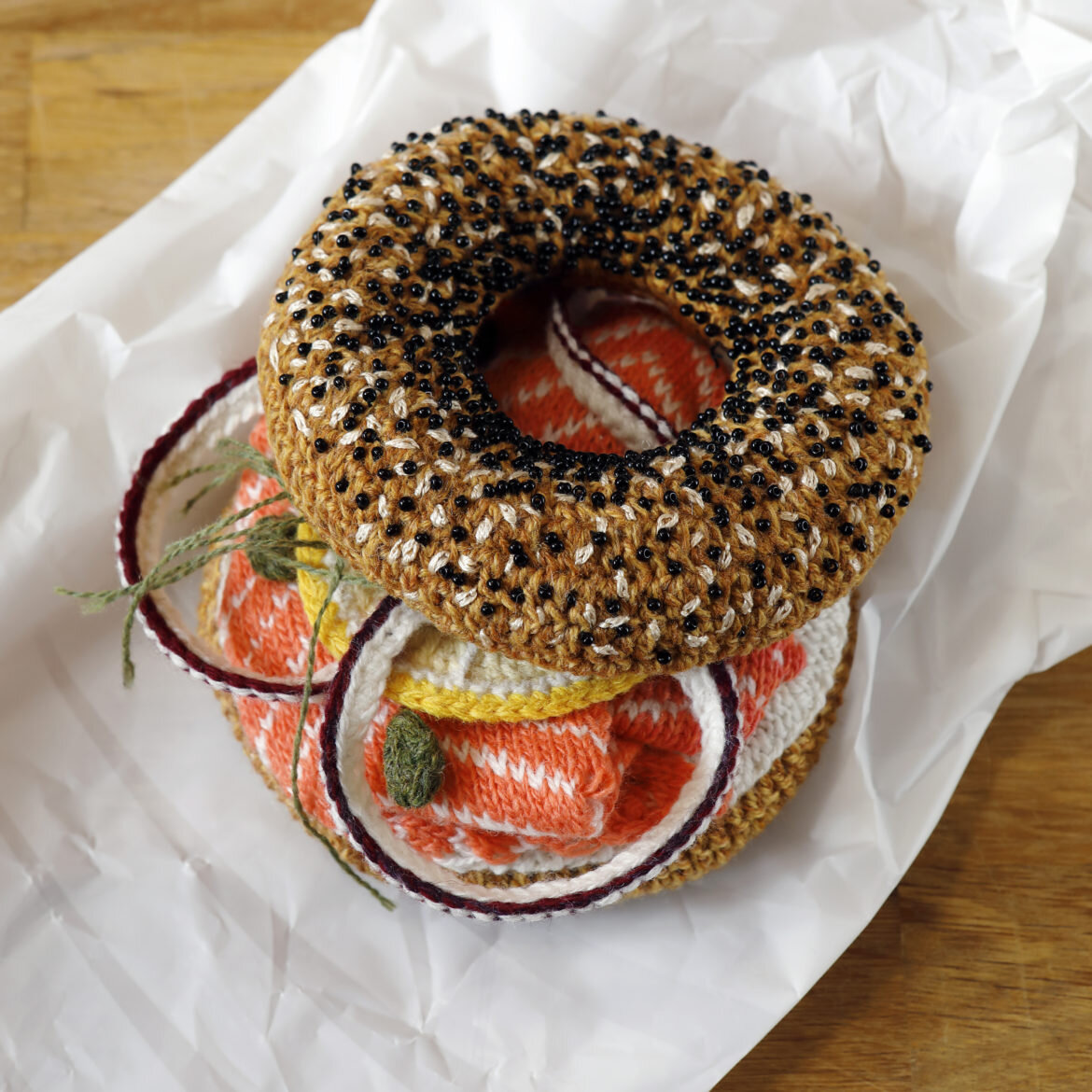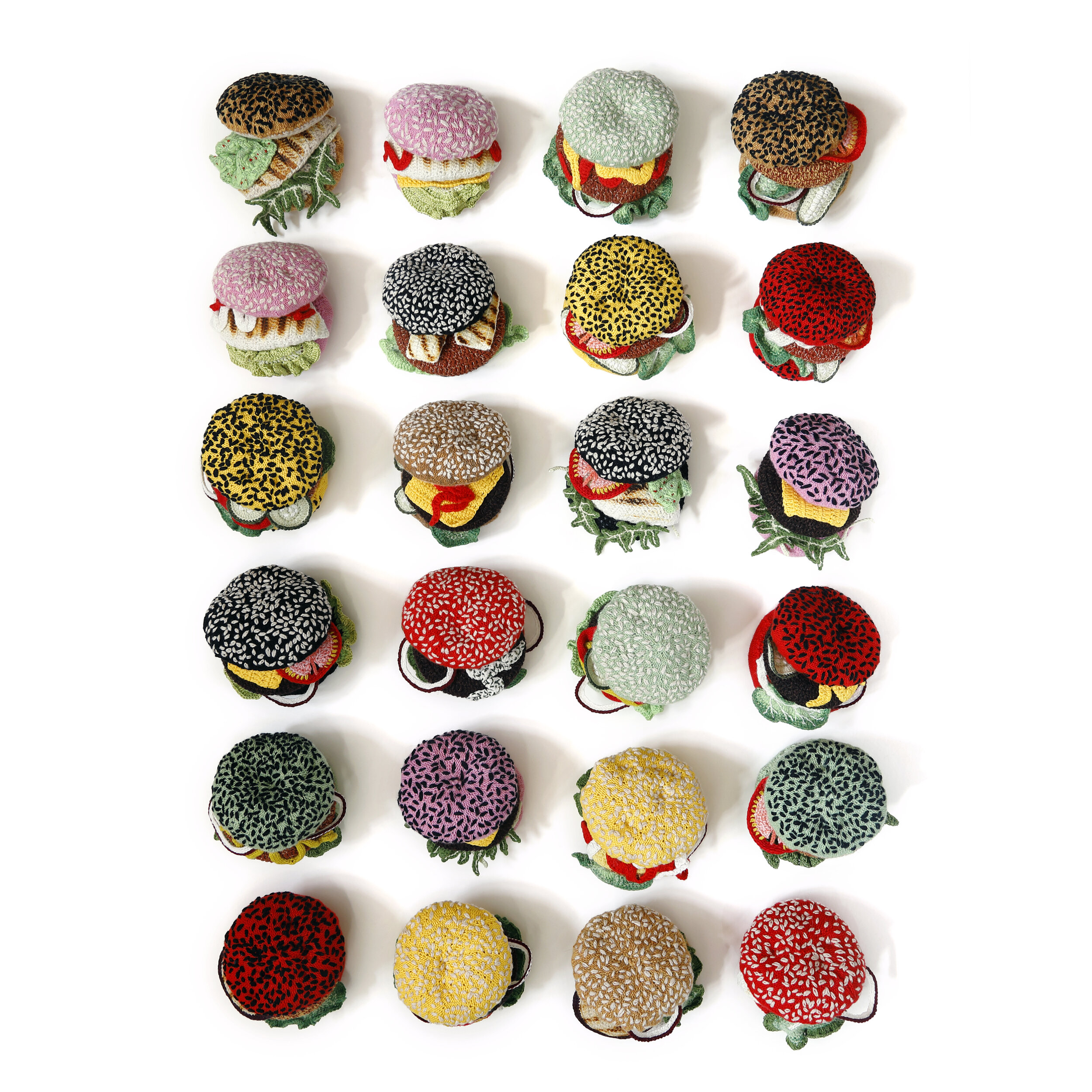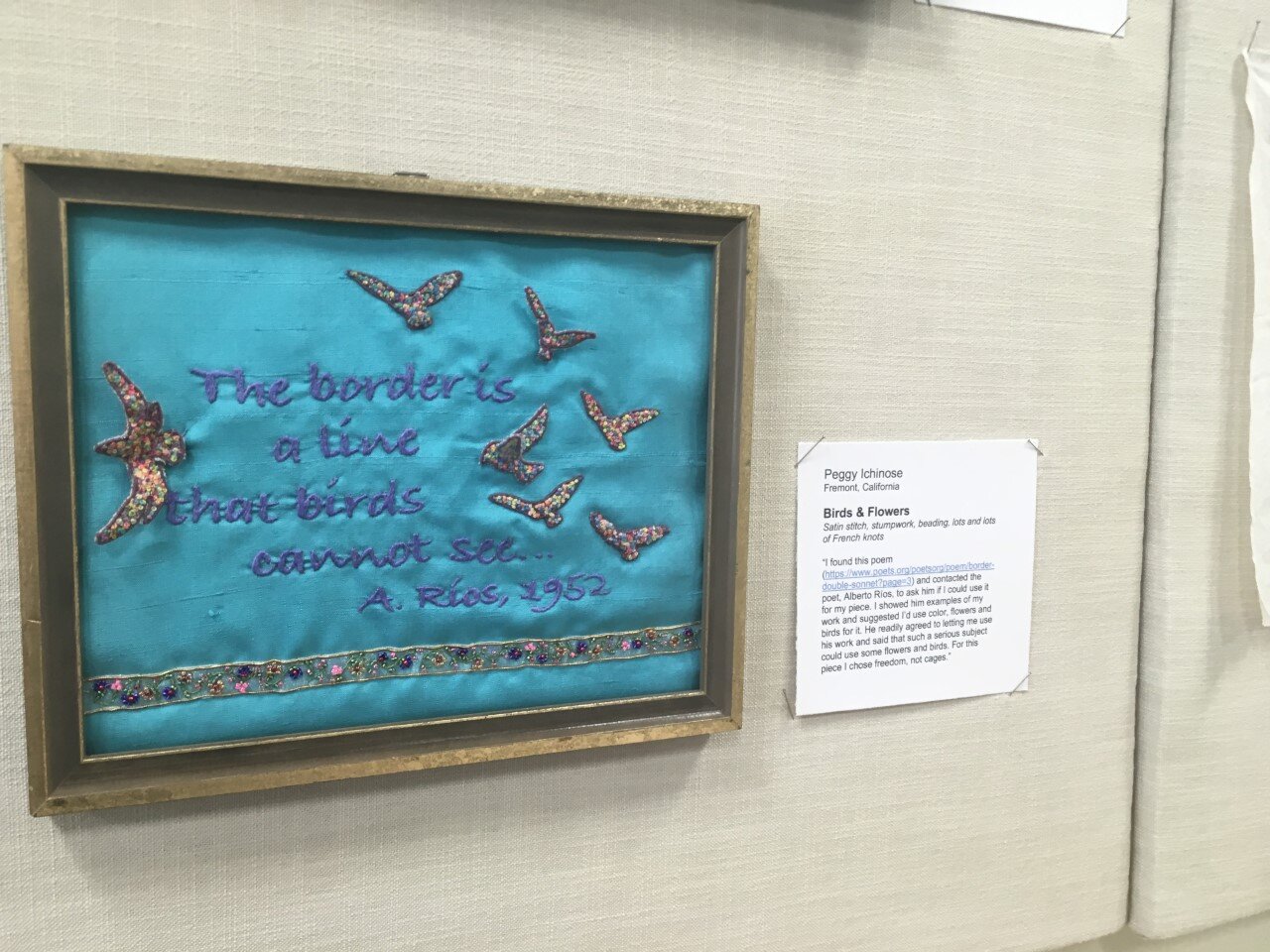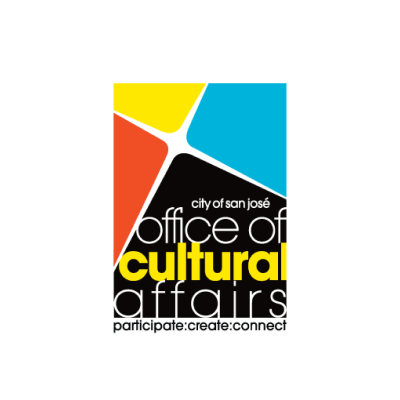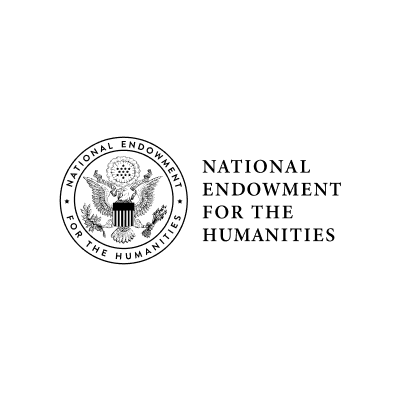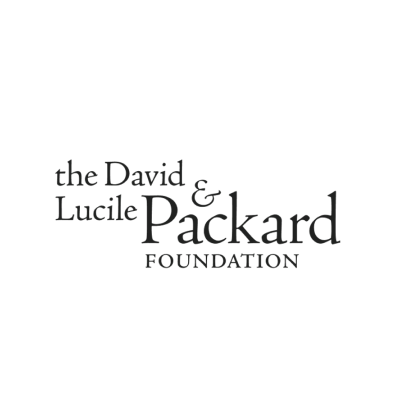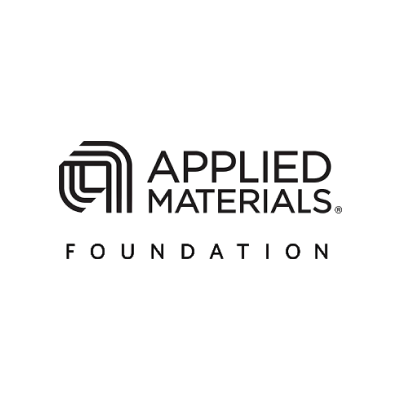INNOVATIVE FIBER ART TECHNIQUE
Featuring our fabulous museum intern and artist Aya Kusumoto @petitepapaya.jp/www.ayakusumoto.com
Aya is an experimental fashion and material designer with a focus on sustainability and innovation. Aya uses ingredients usually overlooked for their properties as they are seen as ‘waste’. She turns these waste materials into something usable that can be either reused or biodegraded to fit into a closed loop system.
For Aya, figuring out how to tackle waste is an important part of sustainable making. Bananas became banana leather when dehydrated in the oven that could then be laser cut, and peaches became scale-like colorful chips. By considering what resources can and cannot be used, it offers new perspectives on how to design for a products entire lifecycle from creation to reuse or disposal.
Sustainability is an incredible part of textiles and we are so excited to see what artists are creating for the future of textiles.
Learn about the textiles below:
AgarBioplastic - A thin material that mimics plastic in texture, transparency, and (nearly) strength. It is composed of only four ingredients that are completely biodegradable.
AgarBioplastic2 - The same image as before without the hand to compare transparency.
BananaLeather - Projection screening on a yardage of felt that my banana leather images were printed onto.
CitrusLeather - Projection screening on a cotton shirt of my citrus leather process images that were then turned into a print. These projections were to test pattern and texture forms of the food materials on clothing.
VariousMaterials - Recent works in progress of new bioplastics, preserved fish skin, and eggshell biocomposites. They are all made of biodegradable ingredients that are meant to act as replacements for synthetic materials.
